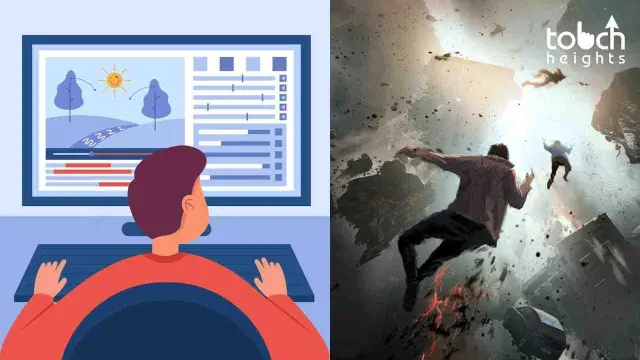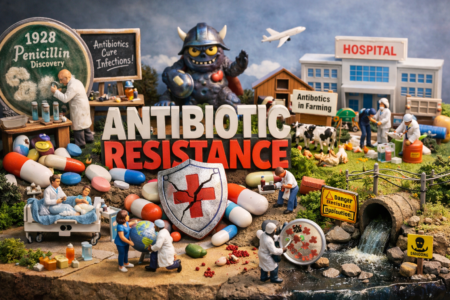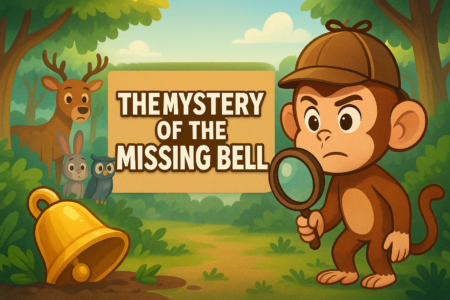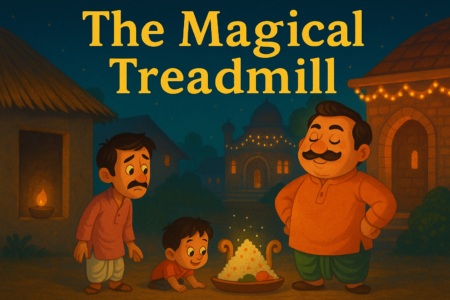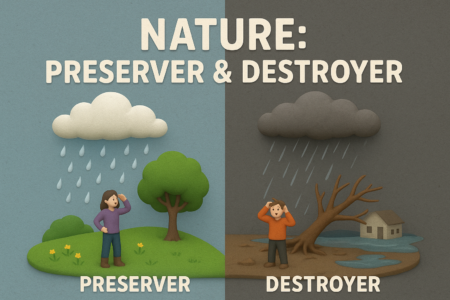The film business is under ongoing pressure to keep up with technological improvements. Pre-production through post-production of movies has been impacted by this. As new technologies are created, the movie business might undergo more change.
The way we used to watch movies will change as a result of the rise of social media and new streaming services like Netflix and Amazon Prime since easier alternatives have been developed, eliminating the need for people to visit theatres.
What do special effects in the movie business mean?
Special effects are visual techniques employed in the film business as a way to produce the imagined events in a narrative or virtual environment (commonly abbreviated as SFX, SPFX, F/X, or simply FX). With continued technical development, it may become more and more difficult to distinguish between real and fake special effects.
- Animation
A special effect that makes items on screen move is called an animation effect. It is a common option in video games and cartoons. It is employed in movies to provide lifelike motions for animals like dinosaurs and aliens that do not exist in reality. - Effects of Live Action
Live-action special effects are filmed in real life and afterward incorporated into the movie. This might be anything from automobile chases to explosives. In movies like Jurassic Park, The Dark Knight, and the Mission: Impossible series, you may see examples of live-action effects. - Practical Effects
Physical methods are utilized to produce an effect on screen as practical effects. This covers anything from cosmetics and prostheses to machinery and fireworks. These aid in constructing an on-screen environment that is more plausible and lifelike. - CGI (computer-generated imagery)
CGI is a type of 3D animation that use computers to produce realistic-looking pictures or scenarios. It is frequently utilized in films and television series with fictional people and animals, like Game of Thrones. - VFX (visual effects)
Visual effects sometimes referred to as VFX, is the practice of employing computer-generated imagery to produce visuals that appear realistic but have never been before. By including synthetic elements like explosions and automobile chases, it is frequently utilized to improve live-action pictures. - Green Screen
A particular kind of chroma key used in film and video production is the green screen. Chroma keys are colors that are used as backgrounds to replace one picture or video with another.
When a scene is set in a different area or era, green screens are frequently utilized in movies. With less concern for the logistics of filming there, the filmmakers may be more imaginative with the scene. - Doubling
Doubling is the process by which two performers are shot separately and then combined to appear as though they are in the same scene. In movies or TV programs where a character is intended to be in two places at once, this is frequently done.
The Advantages Of Special Effects In Movies
Special effects must be used in movies nowadays to create a more realistic reality. It aids in the audience’s ability to suspend disbelief and immerse themselves in the narrative. This makes people more interested in the movie and gives them a sense of inclusion in the narrative.
The use of special effects also increases the film’s suspense, aesthetic appeal, and financial viability.
What Prospects Do Film Special Effects Have?
In the past, special effects in movies were frequently dismissed as gimmicky and unimportant. But over time, movies like The Matrix, The Lord of the Rings Trilogy, Transformers, and Inception have demonstrated that, when done right, special effects can contribute to an immersive and thrilling experience for the spectator.
The possibilities for special effects in movies expand along with technology. More realistic and convincing worlds can now be generated on screen than ever before. As a result, moviemakers have a lot of creative latitudes when making their movies.
Conclusion:
Since the earliest days of film, the special effects business has advanced significantly. Beginning as straightforward stop-motion and matte paintings, digital animation, motion capture, and 3D printing have evolved into a complex field.
Filmmakers have been able to produce increasingly believable and mind-blowing moments because of technological advancements, which keeps audiences coming back for more. It will be fascinating to observe what fresh developments are created in the upcoming years and how they will continue to influence the cinema business.

